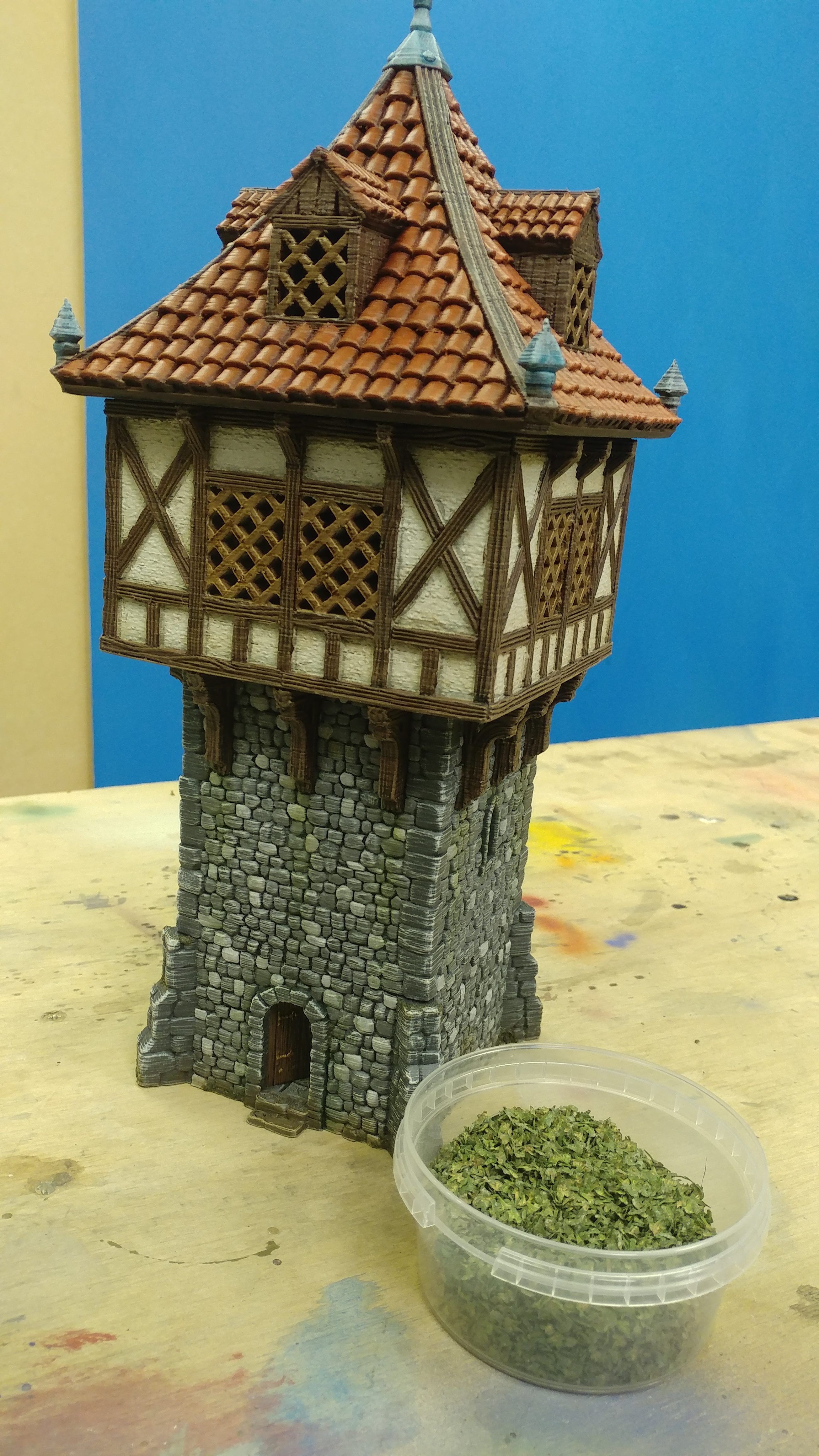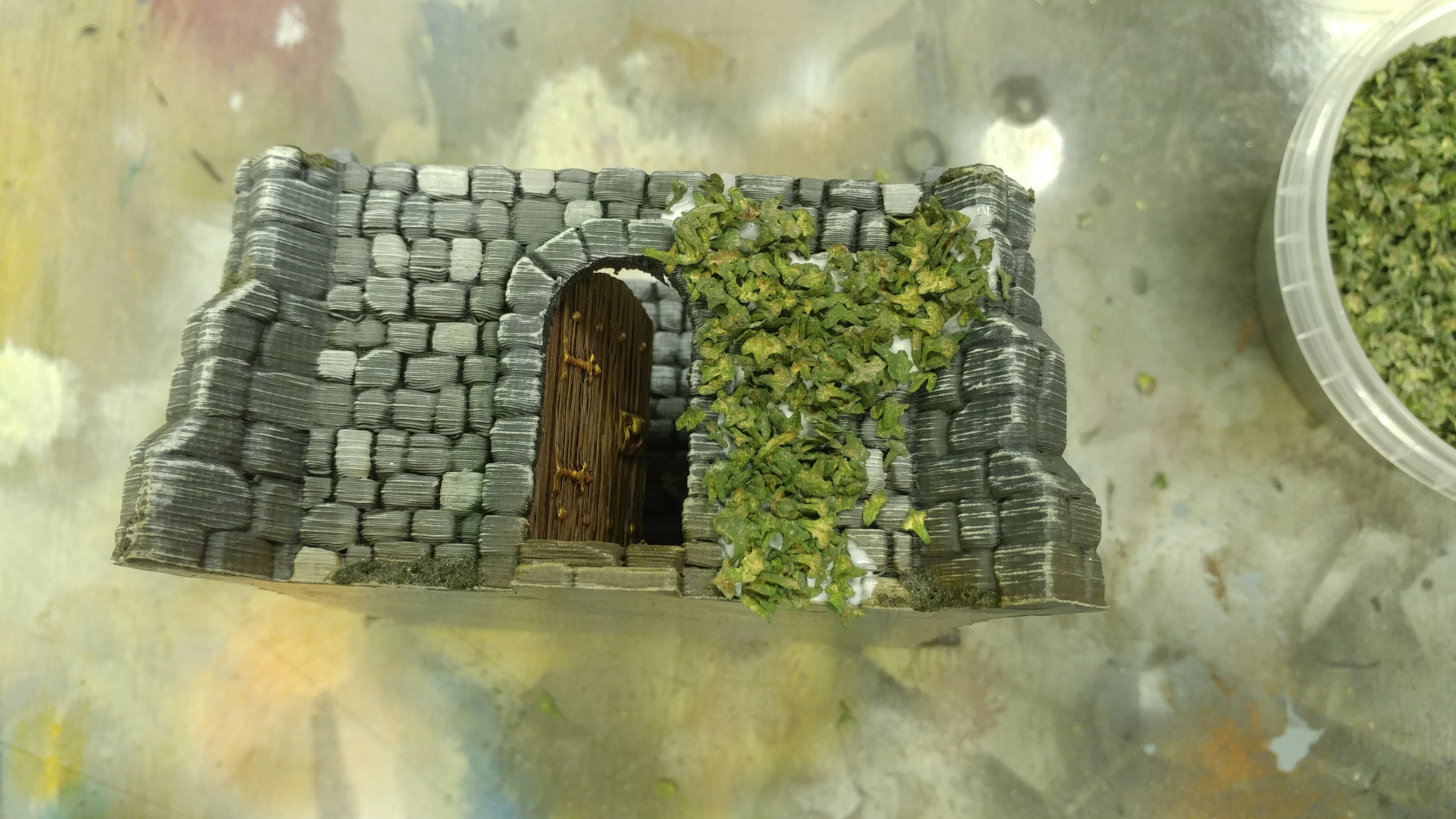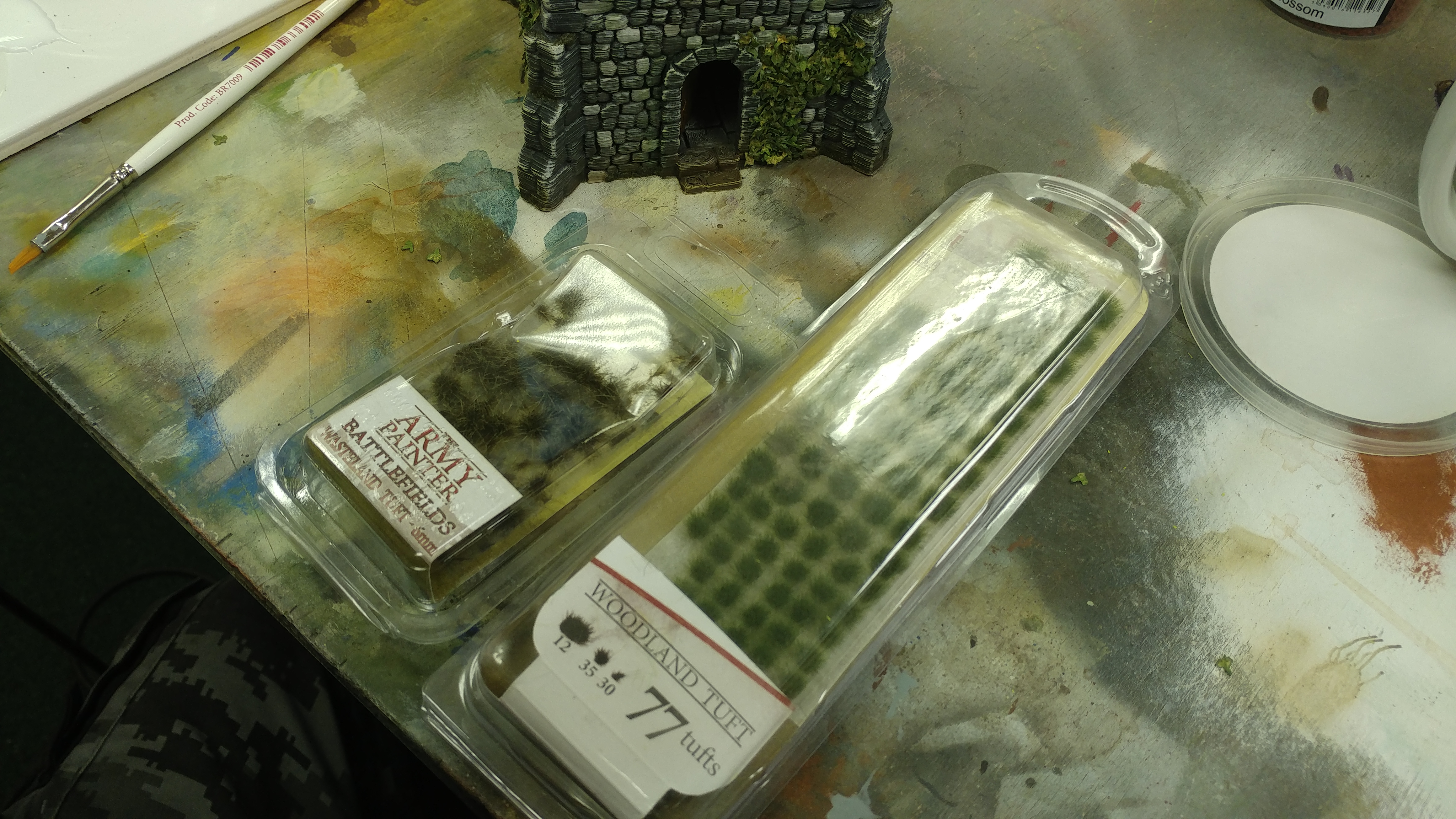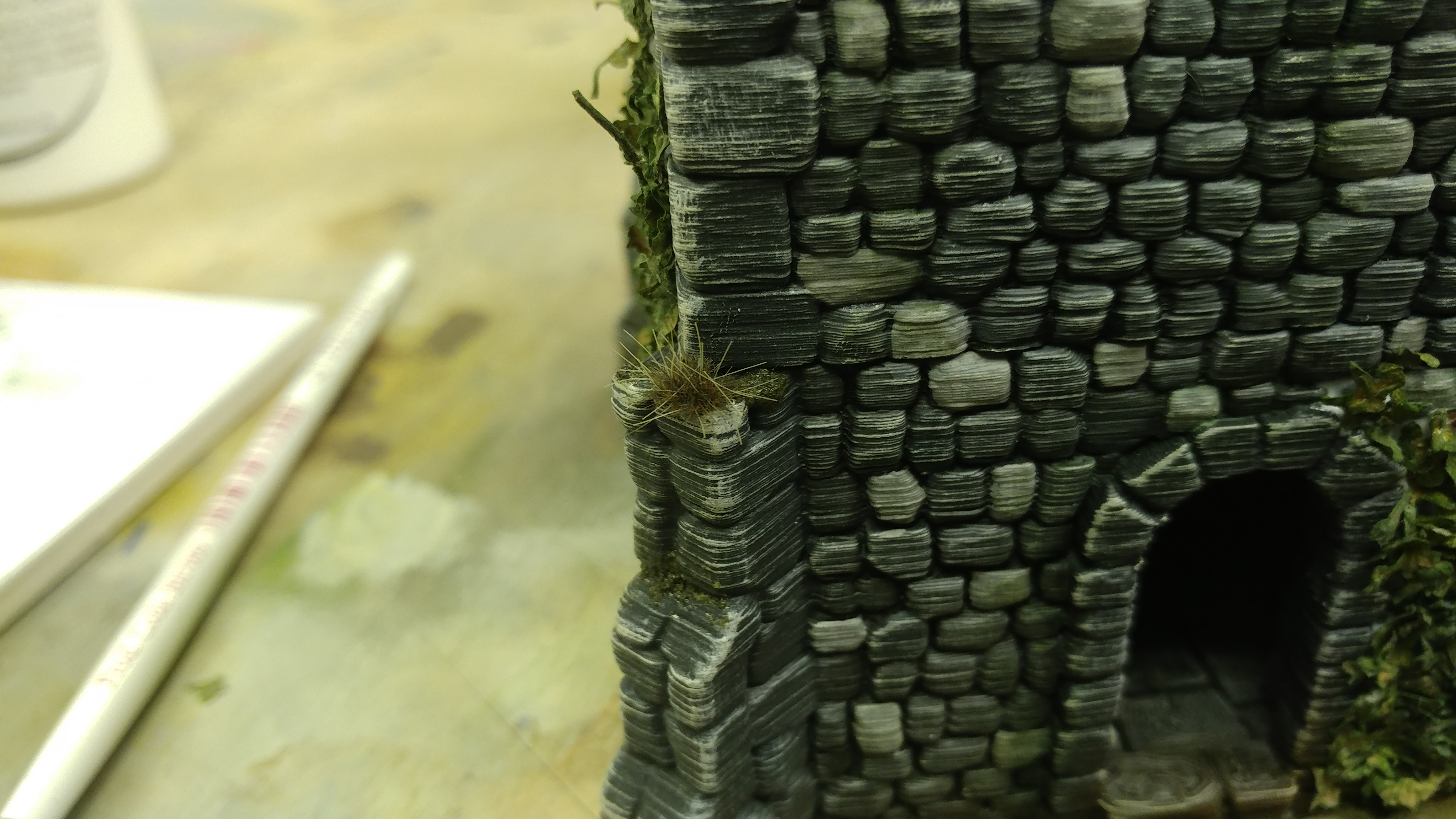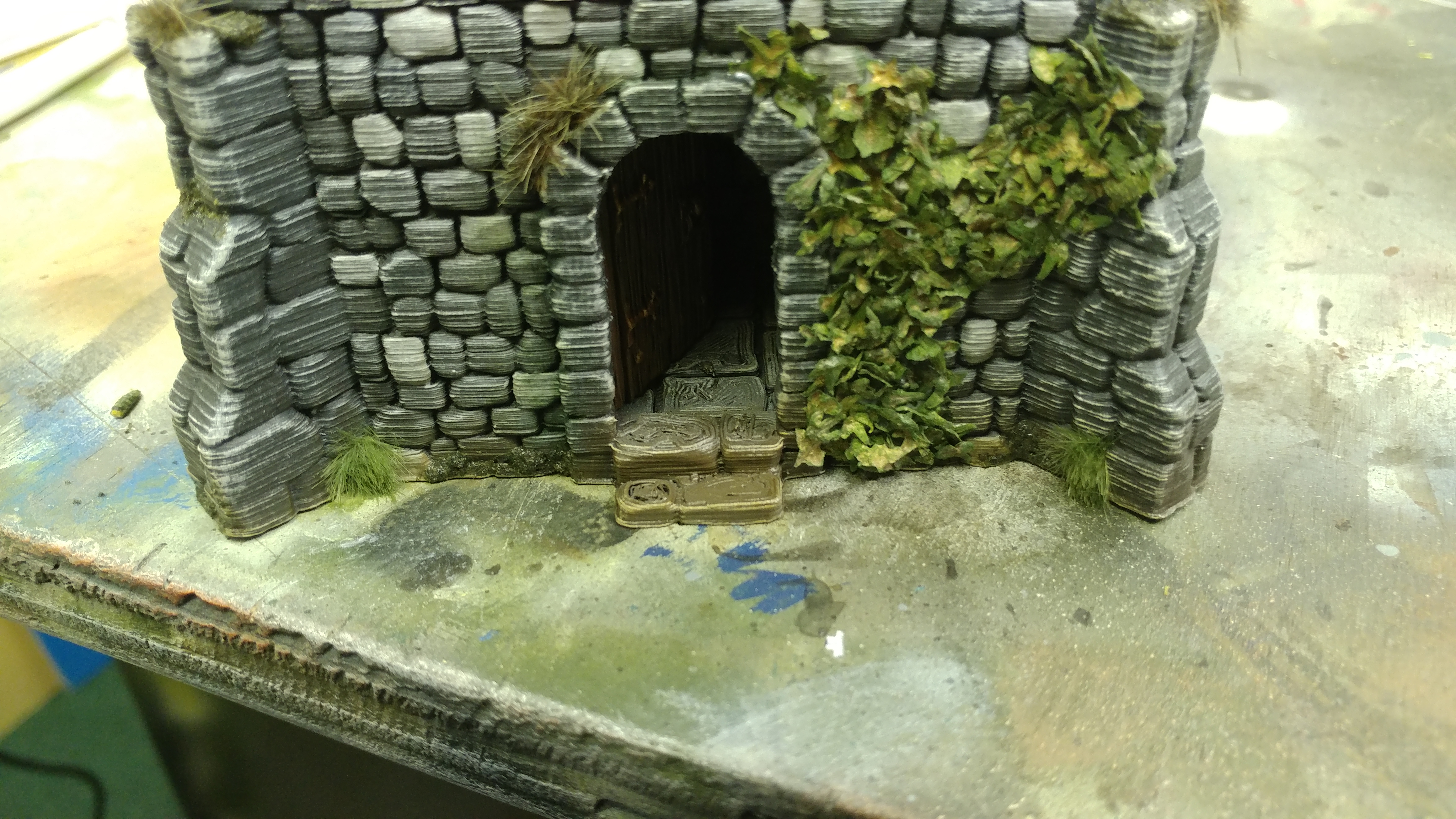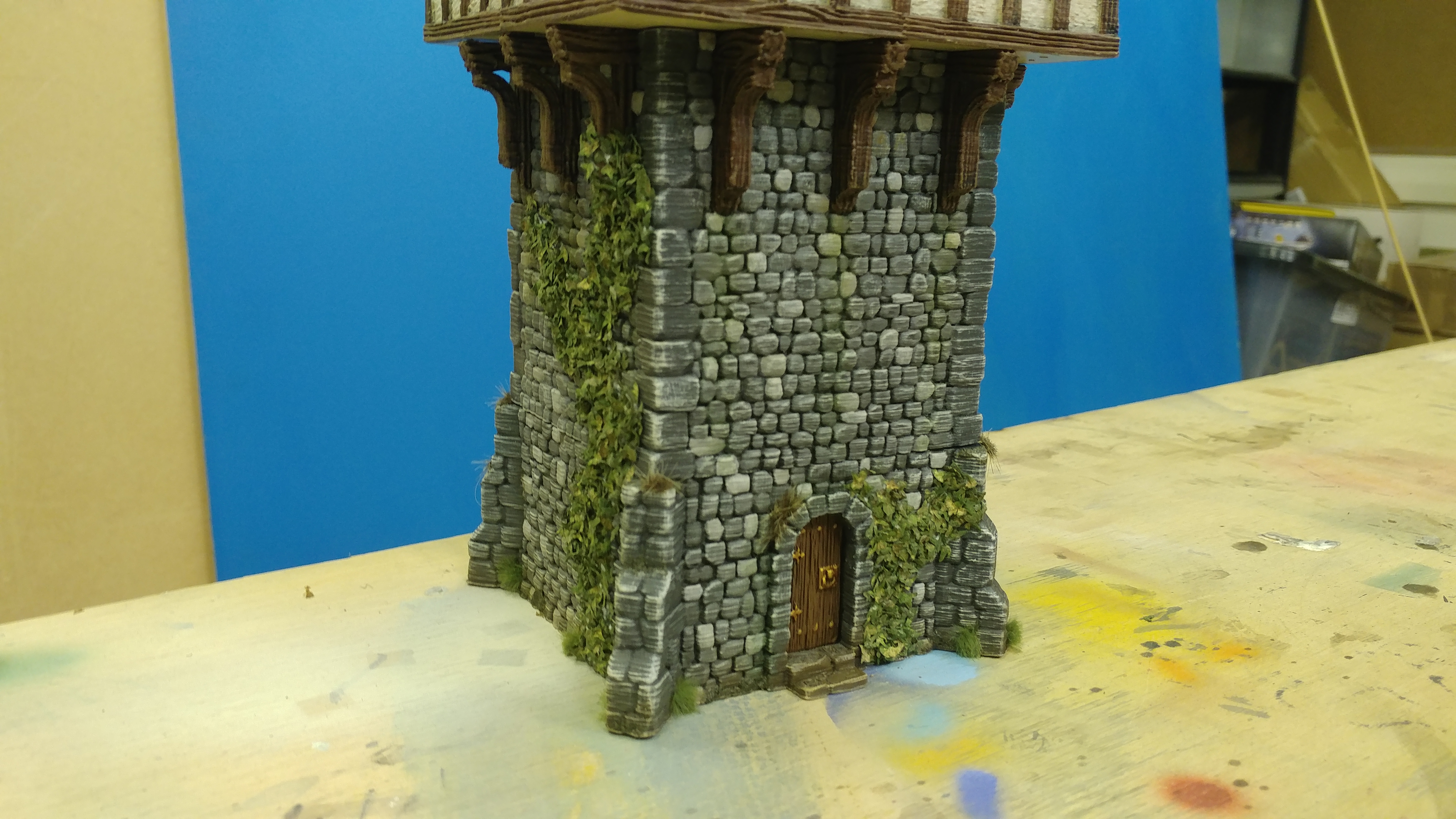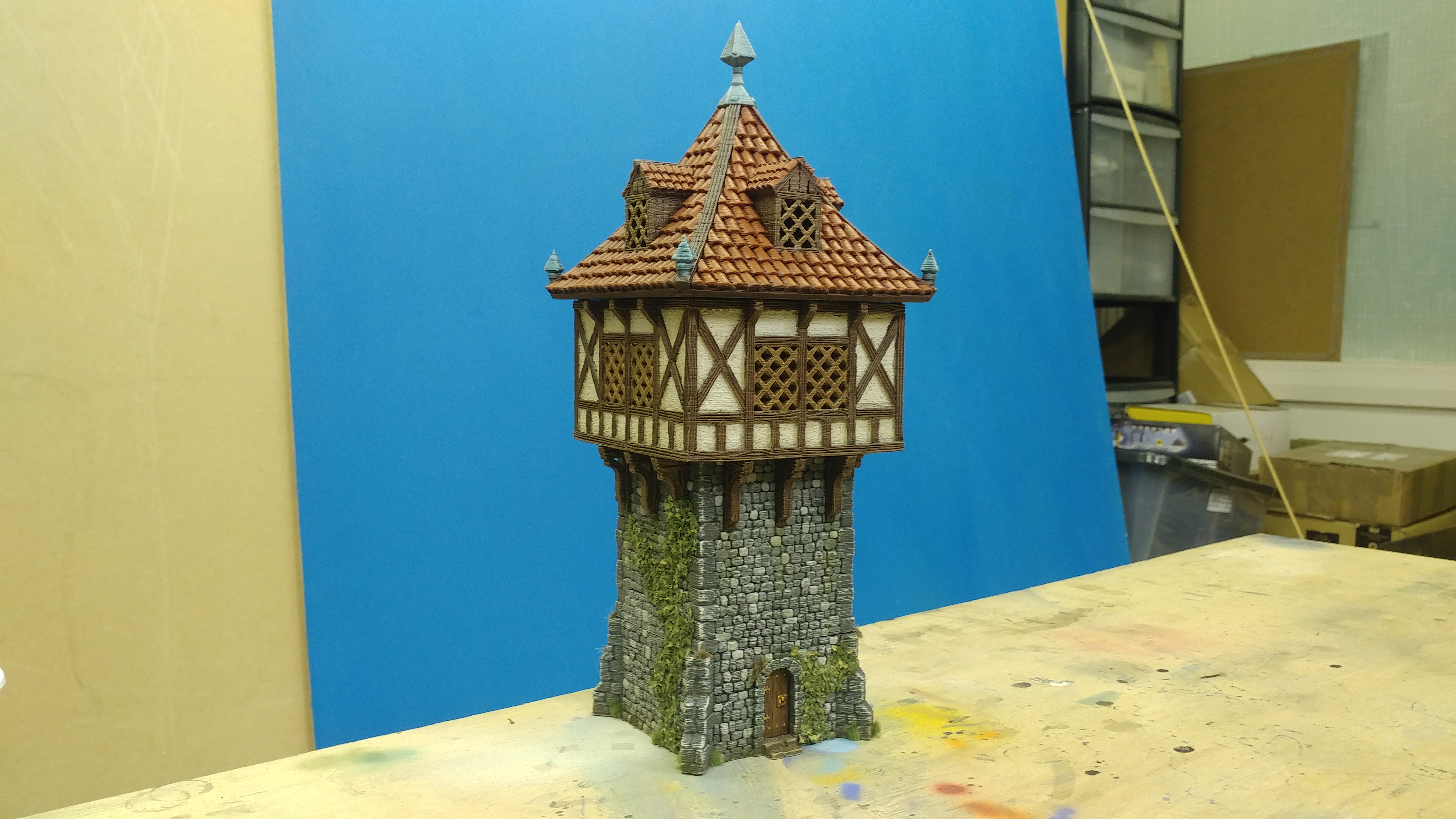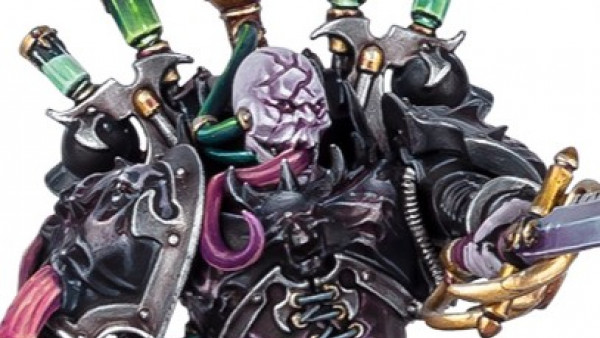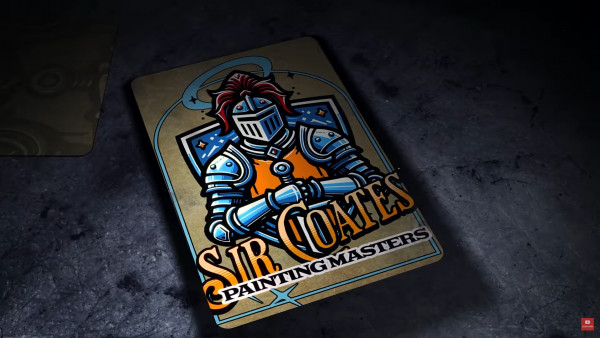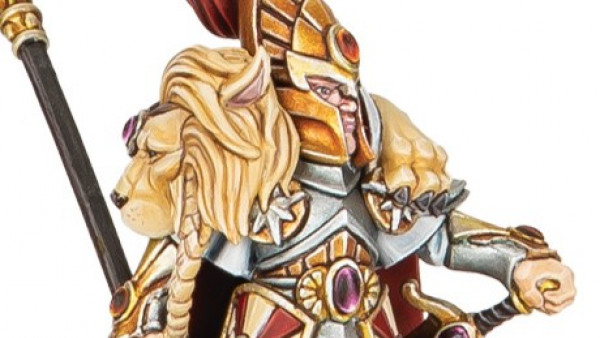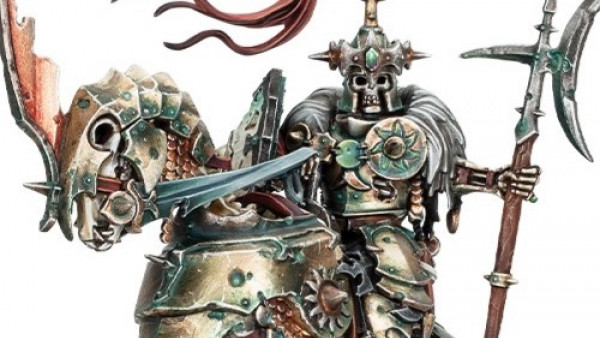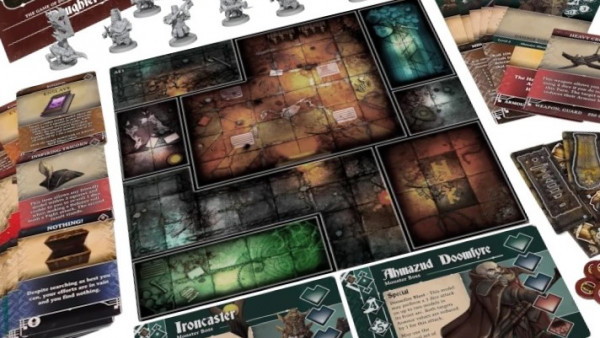Hobby Lab: Winterdale Watchtower 15, Adding Creeping Vines, Weeds and Grass.
July 10, 2019 by johnlyons
We now move in to our last few steps to complete the Winterdale Watchtower! Each step is entirely optional depending on your own taste or desired result, but let's go through them and show you what can be done with just a few extra materials and a little time.
First,we will start with adding some creeping vines. These can be done in a wide array of different methods, from pre-made netting with tiny Ivy leaves, to Photo-etched vines and leaves. In this case we will use Antenocitis Workshop Dark Green Leaves. These are produced from a natural material and look great when trying to create a creeper effect without a lot of fiddling around.
Step one is to apply PVA glue in a shape that we want the leaves to be in. It would be useful to look at images of buildings with vine growth over them to see how the vines grow and how thick they can be, depending on how old the building is, or what it is built from. Since the tower is stonework, we can imagine that the vines would grow rapidly and thickly as they spread up the building.
Once the PVA has been appplied, it is a simple matter of sprinkling the leaves over the glued area, patting them down after you feel enough of them have been put down. Remember to let the glue dry for about ten to fifteen minutes before removing any excess. This will give the leaves time to soak up or make contact with the glue.
You can also apply this effect over the join points of the tower, but remember to carefully pry the join apart after fifteen minutes to clean away any glue that has seeped into the join point.
Now we move on to adding some grass tufts to represent weed growth and grass. In this case, we are using Army Painters Woodland Tuft and Wasteland Tuft.
To apply these, pick a tuft from the paper sheet, apply a small dot of superglue to the bottom of the tuft and press it into place. The aim here is to focus the wasteland tuft on the stonework in places where weeds or grass may have tried to grow but not taken as well.
The woodland tuft is focused on the part of the tower that will be touching the gaming table, this achieves two things. It shows that around the base of the tower, grass is growing more easily and, when on a gaming mat, it helps blend the tower into the mat, making it look and feel more like a part of the landscape.
With this stage complete, we have finished the tower. It is always interesting to see how these few last steps really make the model come to life and have a narrative all of its own.
We now have a tower worthy of a towns defences or just an old building used for hiding important secrets, or a big villain, or simply somewhere to go and watch the world go by.




































![TerrainFest 2024! Build Terrain With OnTableTop & Win A £300 Prize [Extended!]](https://images.beastsofwar.com/2024/10/TerrainFEST-2024-Social-Media-Post-Square-225-127.jpg)




